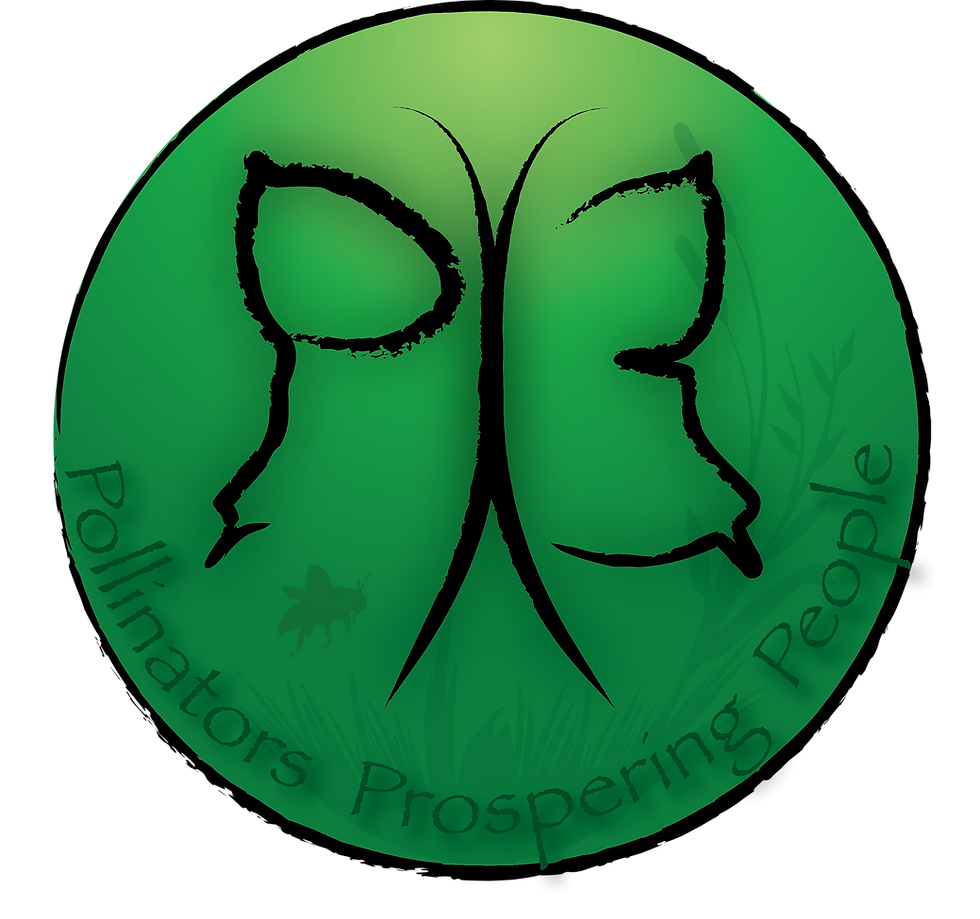Hummingbirds - Life on the Edge…
- PX3 Team

- May 8, 2019
- 2 min read
Updated: May 13, 2019
L. Hollister

Welcome first time visitors and returning readers. PX3 hopes to see all of you at Calvert Brewing Company Trivia Night on May 15, 2019 from 7 pm - 9 pm. Get to know PX3 members, have a great craft brew, win prizes with your keen trivia skills. PX3 Trivia will consist of three categories: Maryland Native Bees, the Honey Bee, & Your Garden Potential. Join us and test your knowledge, learn fun facts and have some really good beer. For the first 15 days of May 2019 PX3 will post blogs that we will then draw trivia questions from. We welcome you to visit daily and take a look! Thanks to Calvert Brewing Company for partnering with us for this fun event.
The remarkable hummingbird captivates us with its beauty, agility, and insect-like behavior. They are also an important part of the big pollinator picture. When they feed, their forehead rubs against the stamens and pistils collecting pollen. They then move from flower to flower, pollinating as they go.
Hummingbirds live on the edge; they must visit hundreds of flowers daily as they are only hours away from starving. Consequently, there is a strong interdependence between hummingbirds and their flowers. At least 150 North American plants seem specialized for hummingbirds and they will remember food sources from previous years.
Typically, the flower is shaped in such a way that it can accommodate their whirring wings. The corolla (the overall structure of flower petals) tends to be thick enough to resist the beaks of other birds. Quite often these flowers are red, which is a color bees have difficulty seeing. Favorite eastern plants include: Lonicera sempervirens, Lobelia cardinalis, and Aquilegia species (columbines).
Hummingbirds get adequate water from the nectar and insects they consume. However, they are attracted to running water, such as a fountain, sprinkler, birdbath with a mister, or waterfall. In addition, insect populations are typically higher near ponds, streams, and wetland areas, so those areas are important food sources for hummingbirds.
Many hummingbird species are migratory and need to find suitable habitat all along their migration routes, as well as in their breeding, nesting, and wintering areas. Long, narrow pieces of habitat like utility corridors, field edges, and roadsides can provide important connections among larger habitat areas. Even small habitat patches along their migratory path can be critical to the birds by providing places for rest and food to fuel their journey.
Everyone can help hummingbirds! Visit our friends over at Pollinator Partnership for more information, https://pollinator.org/learning-center/hummingbirds
.png)






Comments